16 must-see Hermitage masterpieces
Categories: Art | Culture | Design and Architecture | Exhibition | History | World
By Vika https://pictolic.com/article/16-must-see-hermitage-masterpieces.htmlIt is assumed that it will take about ten years to see all the exhibits from the collection of the most famous museum in St. Petersburg and Russia. So, to save you some time, we have selected 25 must-haves.
The Imperial Art Collection was established by decree of Catherine the Great in 1764. Her personal collection was housed in a wing of the Winter Palace known as the Hermitage. The Russian emperors, who followed Catherine, greatly expanded this treasure, acquiring entire collections of Western European paintings, sculptures, works of art, and archaeological monuments of the ancient cultures of Egypt, Greece, Rome, and the East.
Today the Hermitage is one of the largest art museums in the world. His collection (about 3 million exhibits!) is located in several buildings, two of which - the Winter Palace and the General Staff building (in front of the palace) - are open to the public. We present a tiny part of the masterpieces for which the Hermitage is known all over the world and which can be seen in one visit.
16 PHOTOS
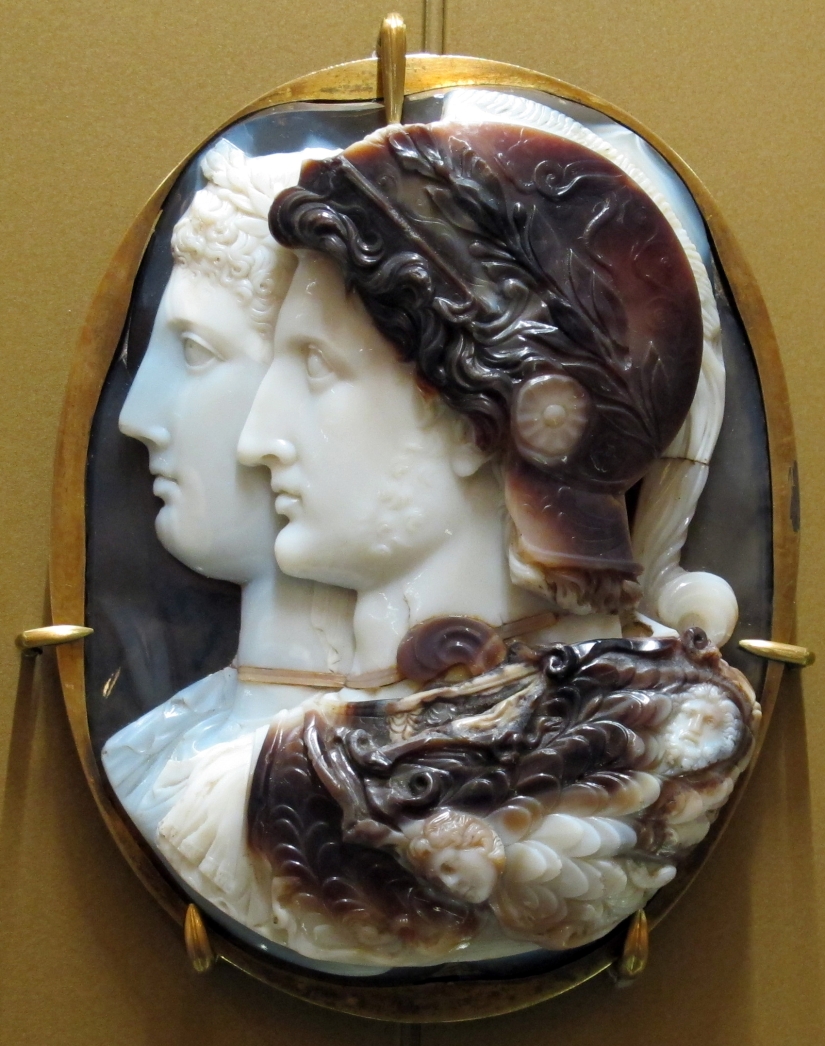
1. Cameo Gonzaga (portraits of Ptolemy II and Arsinoe II). Alexandria, Egypt, 3rd century BC.
This unique double portrait was presented in 1814 to Emperor Alexander I by Josephine, wife of Napoleon Bonaparte, in gratitude for the personal visit of the Russian Tsar to her palace near Paris, to ensure her safety while the victorious Allied forces entered the city. It is exhibited in the Cameo Gallery on the first floor of the New Hermitage building.
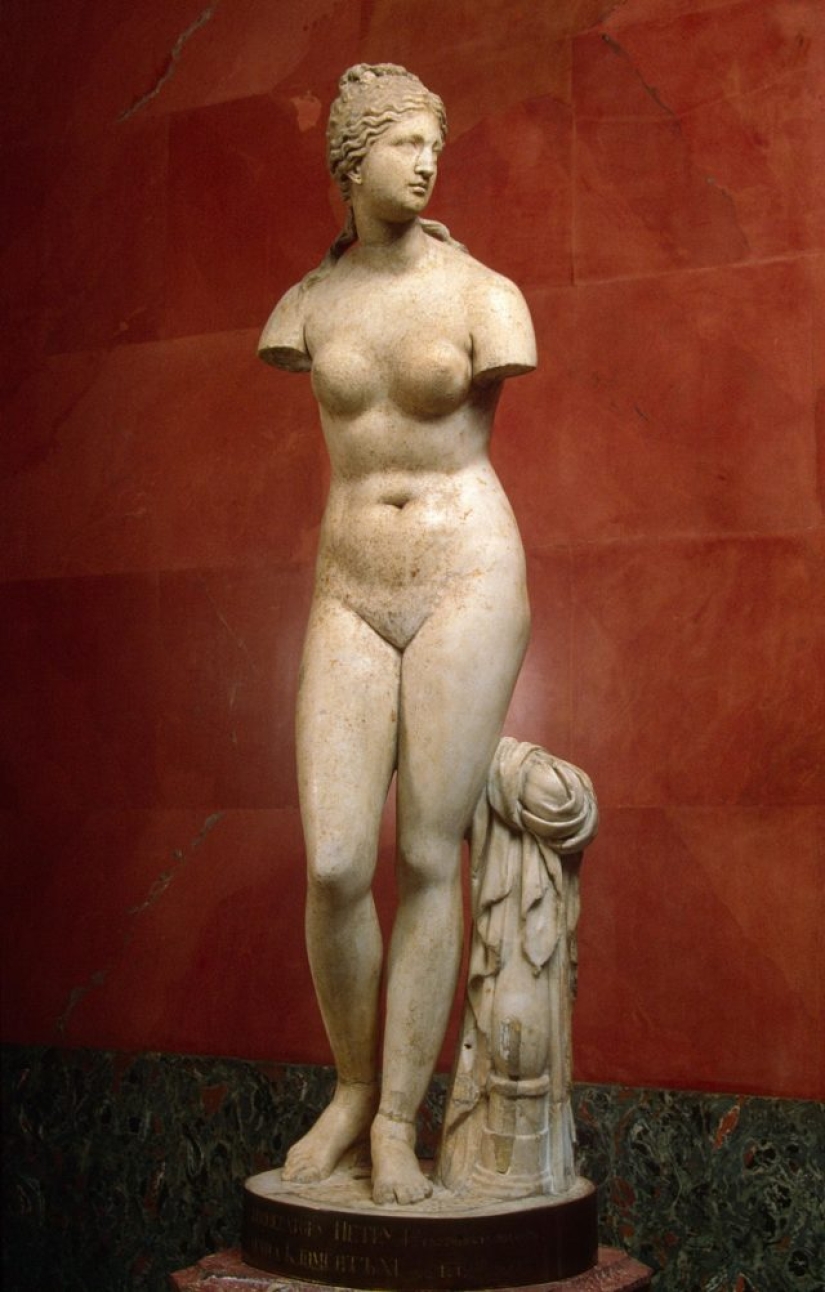
2. Aphrodite (Venus Tauride). Ancient Greece, 2nd century BC.
This marble statue, 167 cm high, was a gift to Peter the Great from the Vatican (according to other sources, it was exchanged for the relics of Saint Bridget from Sweden). The "Pagan Idol" was originally put on public display in the Summer Garden, and then was transferred to the Tauride Palace, where Prince Potemkin lived. The statue was transferred to the Hermitage in 1852 on the occasion of the opening of the New Hermitage (it still stands there in Room 109).
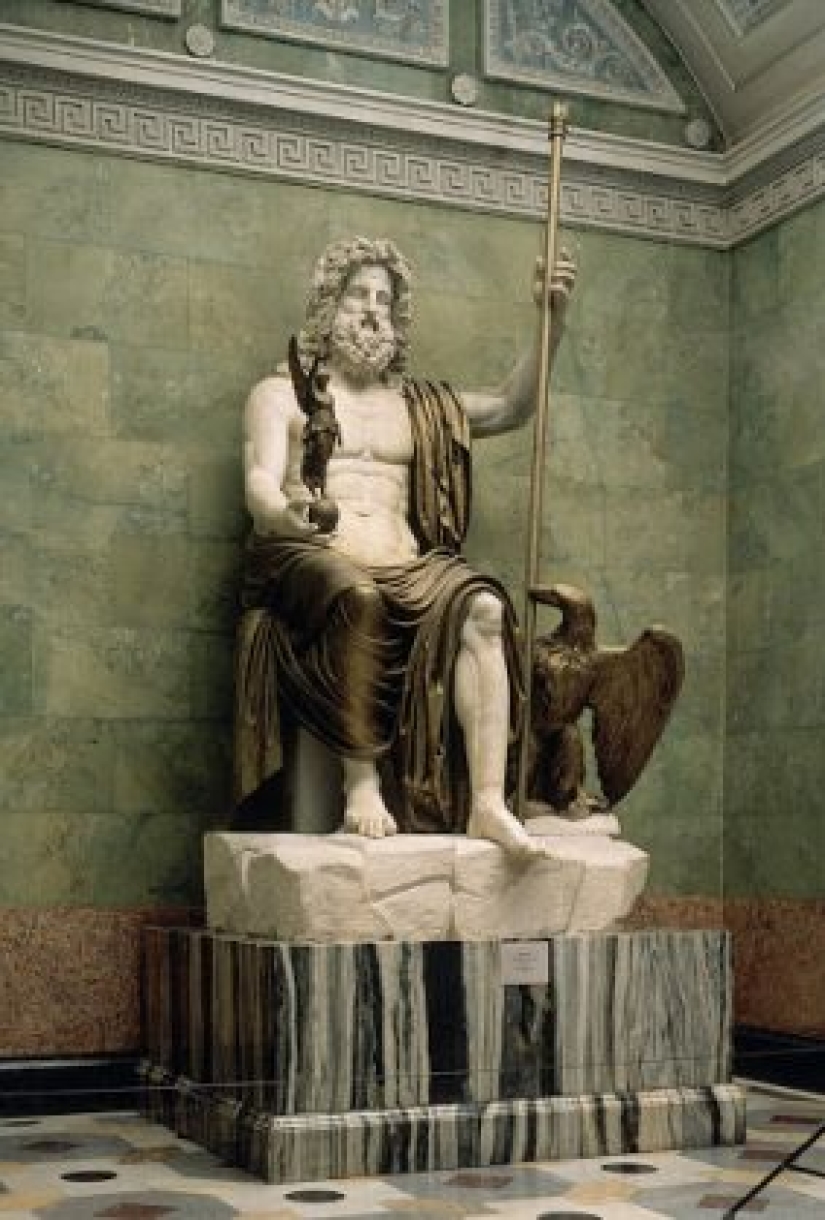
3. Statue of Jupiter. Ancient Rome, late 1st century AD.
The colossal sculpture of the ancient god was purchased for the Hermitage by Alexander II in 1861 from the bankrupt Marquis Campana. One of the largest statues in the museum, it is on display in Room 107 of the New Hermitage.
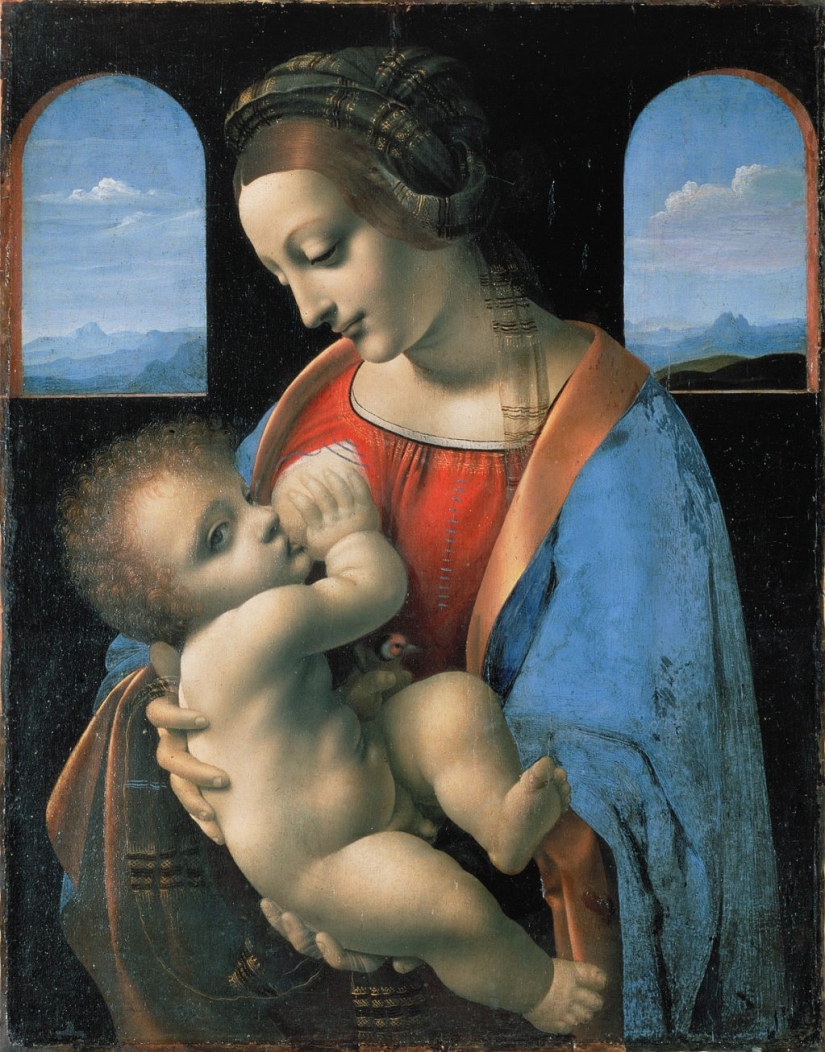
4. Leonardo da Vinci. Madonna Litta, 1490s
One of the first works of the High Renaissance, this painting was created for the rulers of Milan. The Hermitage bought it in 1864 from Duke Litta, a member of an aristocratic Milanese family, in whose collection the painting was kept for several centuries. The work is exhibited in the 214th hall of the Big (Old) Hermitage.

5. Giovanni Battista Cima da Conegliano. Annunciation, 1495
Initially, the work was made on a wooden base, but when the Russian prince Sergei Golitsyn acquired it in the middle of the 19th century, the restorer transferred it to canvas. In 1886, Golitsyn sold the painting at an auction, where it was bought for a museum. It is located in the 217th hall of the Great Hermitage.
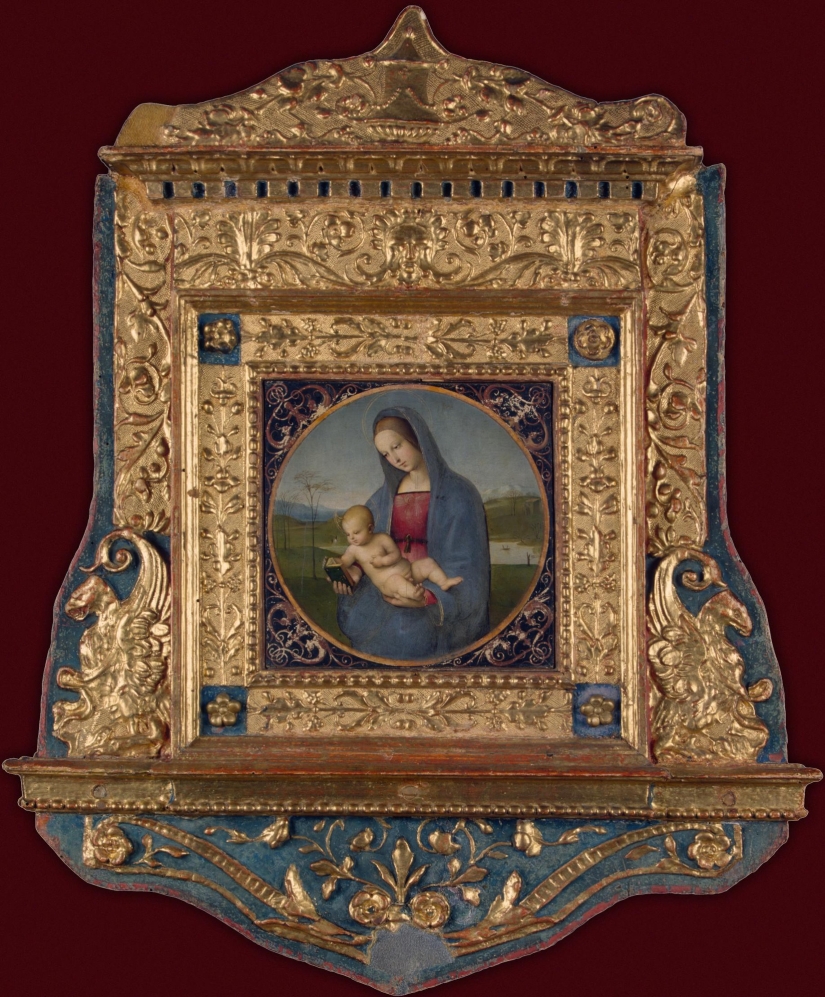
6. Rafael. Conestabile Madonna, 1504
This early work of the great Raphael was in the collection of Count Conestabile della Stafa in Perugia, Italy. In 1871, Tsar Alexander II bought the painting for his wife Maria Alexandrovna. The work was transferred to the Hermitage in 1881 at the behest of the Empress. Look in the 229th hall of the New Hermitage.

7. Giorgione. Judith, 1504
The only painting in Russia, undoubtedly belonging to the brush of Giorgione. This masterpiece of the Venetian school, acquired in 1772 by Catherine the Great, was one of the pearls of the Parisian collection of Baron Pierre Crozat. The painting, 144 cm high, is exhibited in Hall 217 of the Greater Hermitage.
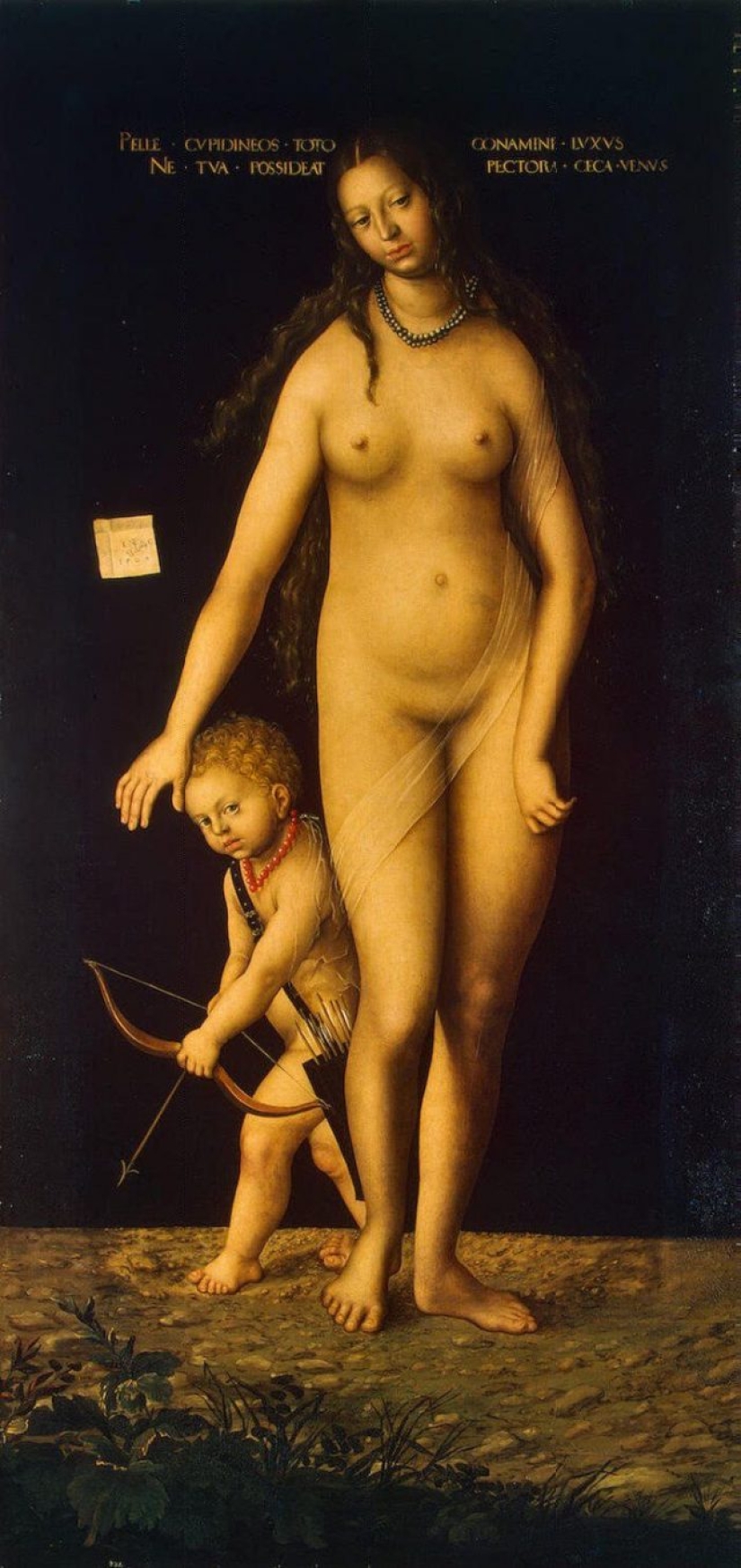
8. Lucas Cranach the Elder. Venus and Cupid, 1509
The German artist was the first in Northern Europe to depict a naked goddess of love. Catherine the Great acquired the painting along with the entire Dresden collection of the German Count Heinrich von Brühl. The work formed the basis of the museum's collection in 1769. It is stored in the 255th hall of the Small Hermitage.
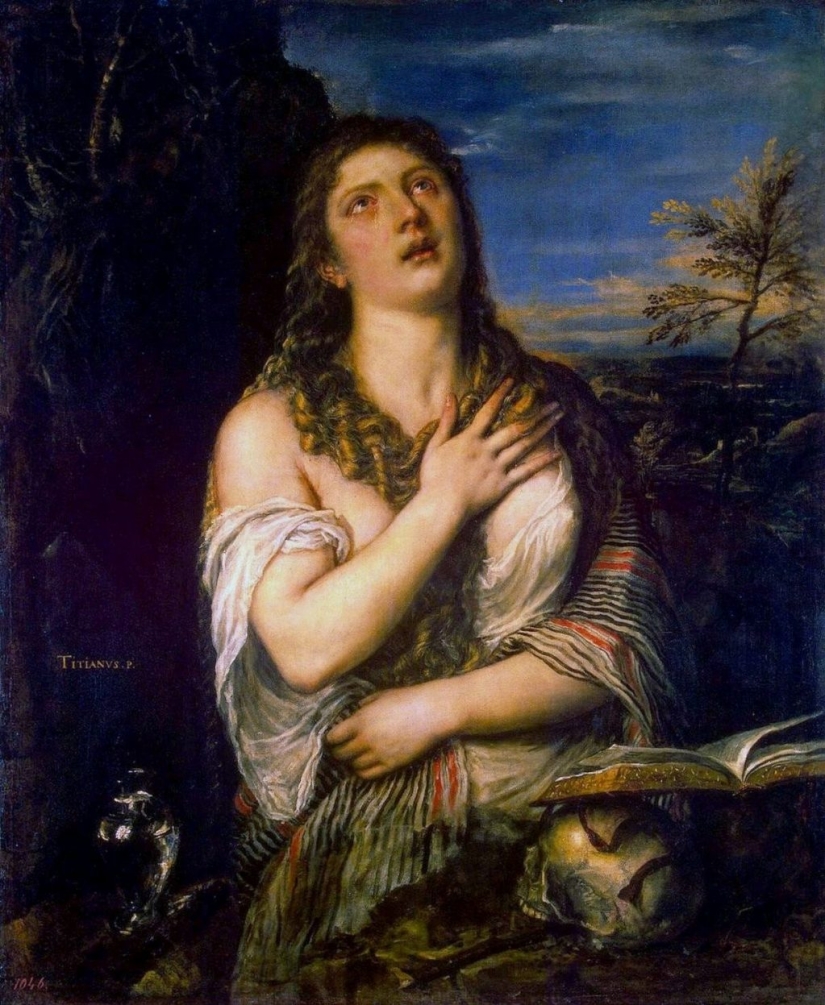
9. Titian. Penitent Magdalene, 1560s
Legend has it that the dying Titian clutched this painting in his hands. It was sold by Cristoforo Barbarigo, whose entire collection was bought for the Hermitage by Nicholas I in 1850; The work of the Venetian master is exhibited in room 221 of the Great Hermitage.
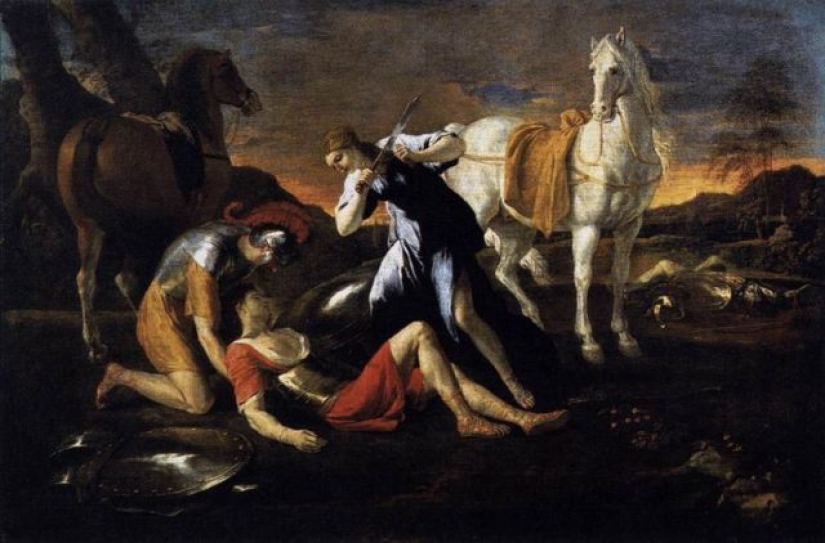
10. Nicolas Poussin. Tancred and Erminia, 1631
The creation of this work of the master of French classicism Poussin was inspired by a scene from the poem "The Liberated Jerusalem" by the Italian poet Torquato Tasso. The painting was acquired in 1766 from the collection of the Parisian artist Jacques Aved. Exhibited in room 279 of the Winter Palace.
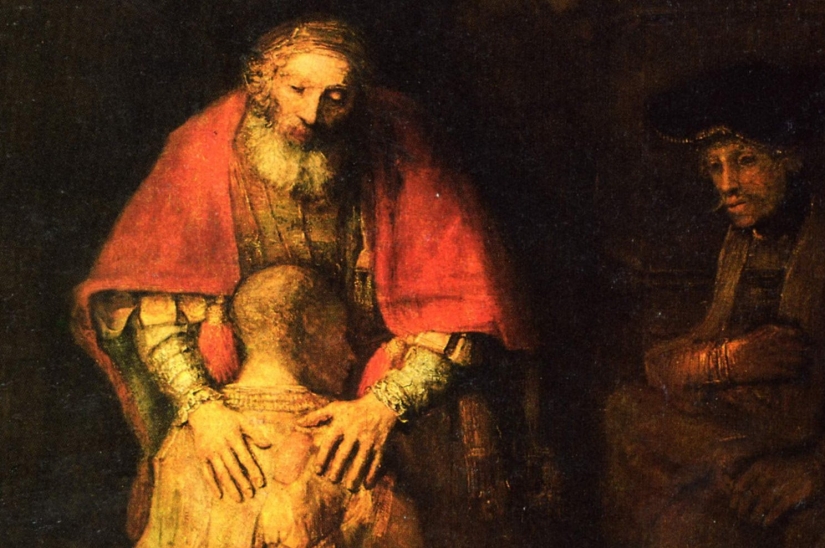
11. Rembrandt. Return of the Prodigal Son, 1668
The painting by the Dutch master was bought by Catherine the Great from the French Duke Andre d'Ansezen, whose wife's grandfather served as a diplomat at the court of Louis XIV and allegedly bought the painting in Holland. The painting is stored in the 254th hall of the New Hermitage.
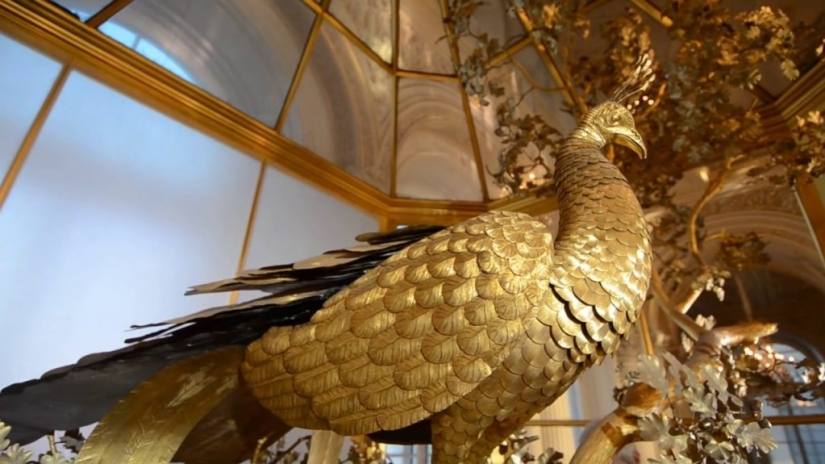
12. Peacock watch. London, 1770s
This luxurious mechanical watch, made by the English jeweler James Cox, was commissioned for Catherine the Great by her courtier (and favorite) Prince Potemkin.
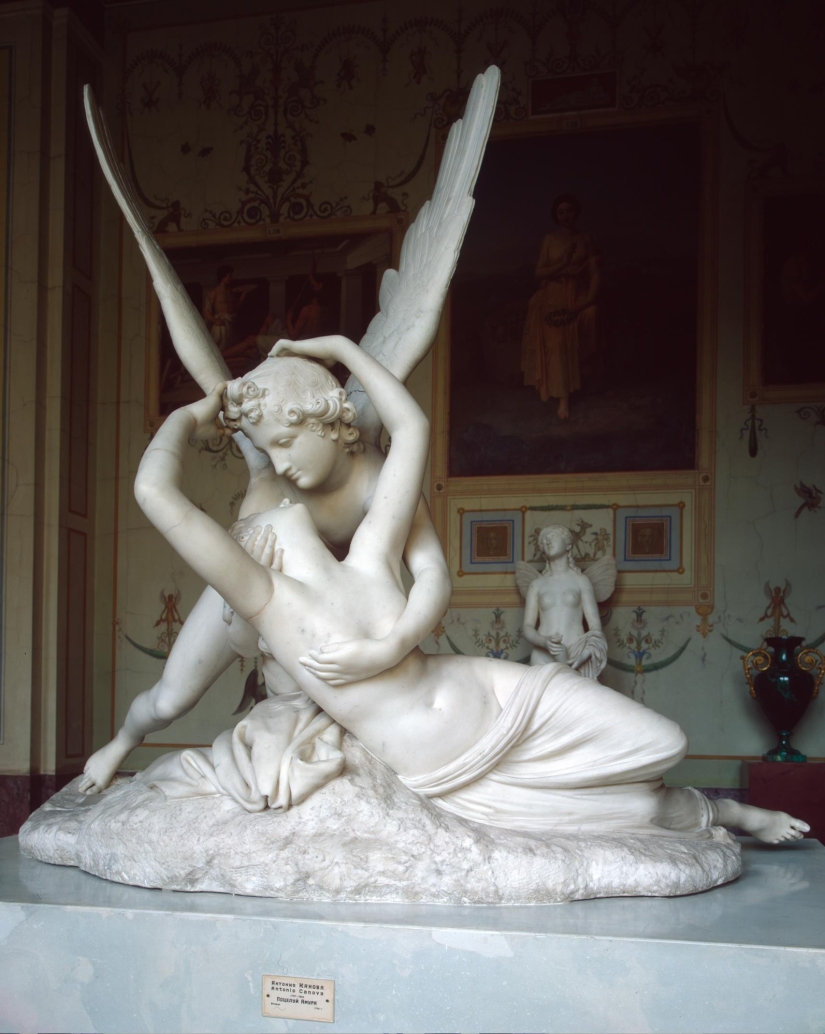
13. Antonio Canova. Cupid and Psyche, 1794–1999
The Venetian master made two versions of this marble sculptural group. One is in the Louvre; another, commissioned by Prince Yusupov, adorned the Arkhangelskoye family estate near Moscow for a long time. In 1926, after the revolution, the statue was transferred to the museum and exhibited in room 241 of the New Hermitage.

14. Camille Pissarro. Boulevard Montmartre in Paris, 1897
The painting by the French Impressionists belonged to the Russian merchant and collector Mikhail Ryabushinsky. After the revolution, he donated part of his collection, including this work, to the Tretyakov Gallery in Moscow. Later it was transferred to the State Museum of Modern Western Art, also in Moscow, and after its closure in 1948, it received a permanent place in the Hermitage, in Room 406 of the General Staff Building.

15. Henri Matisse. Dance, 1910
The painting was commissioned personally by the Russian collector Sergei Shchukin for his own mansion. The first version of the painting is in the Museum of Modern Art in New York, and the version from Shchukin's mansion was nationalized along with his collection and transferred to the Hermitage in 1948. It is kept in room 440 of the General Staff, which is dedicated exclusively to Henri Matisse.

16. Wassily Kandinsky. Composition VI, 1913
This painting was created by a leading Russian abstract artist in Germany, where he lived for more than ten years. The canvas contains extensive comments by the artist himself, explaining the use of certain colors and modes of expression. The painting came to the Hermitage in 1948 from the State Museum of Modern Western Art, which was opened after the revolution and then closed. Stored at the General Staff Building, room 443.
Keywords: Hermitage masterpieces | Art | Artists | Paintings | Famous artworks | Museums | Exhibits
Post News ArticleRecent articles

A couple of years ago, Saudi Arabia officially banned celebrating the New Year. But this state is far from the only one where our ...

What do you associate the New year? Tangerines, chime, silver rain on the tree, gifts from Santa Claus and snow Maiden, and of ...
Related articles

These artists love cats, but also masterfully draw them, often complementing funny and life signatures. Meet! --> Russian ...

Artists perpetuate the images of his muses in paintings, sculptures and other works. Them they draw inspiration for creativity. ...

Photography has the magical ability to catch the moment before it disappears. American a self-taught photographer Lauren Shipman ...

This is for us, people, the New Year is one of the most important holidays of the year. But for animals, it's all a fuss, running ...